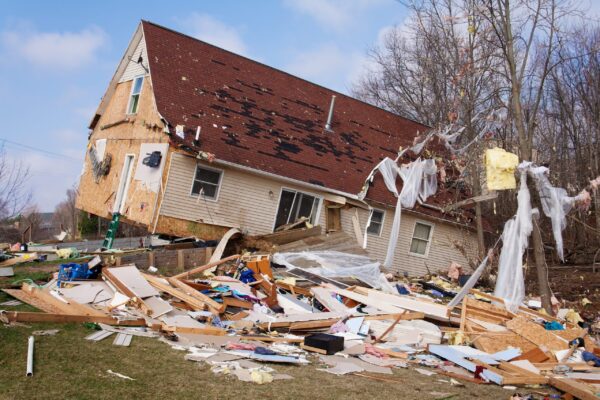
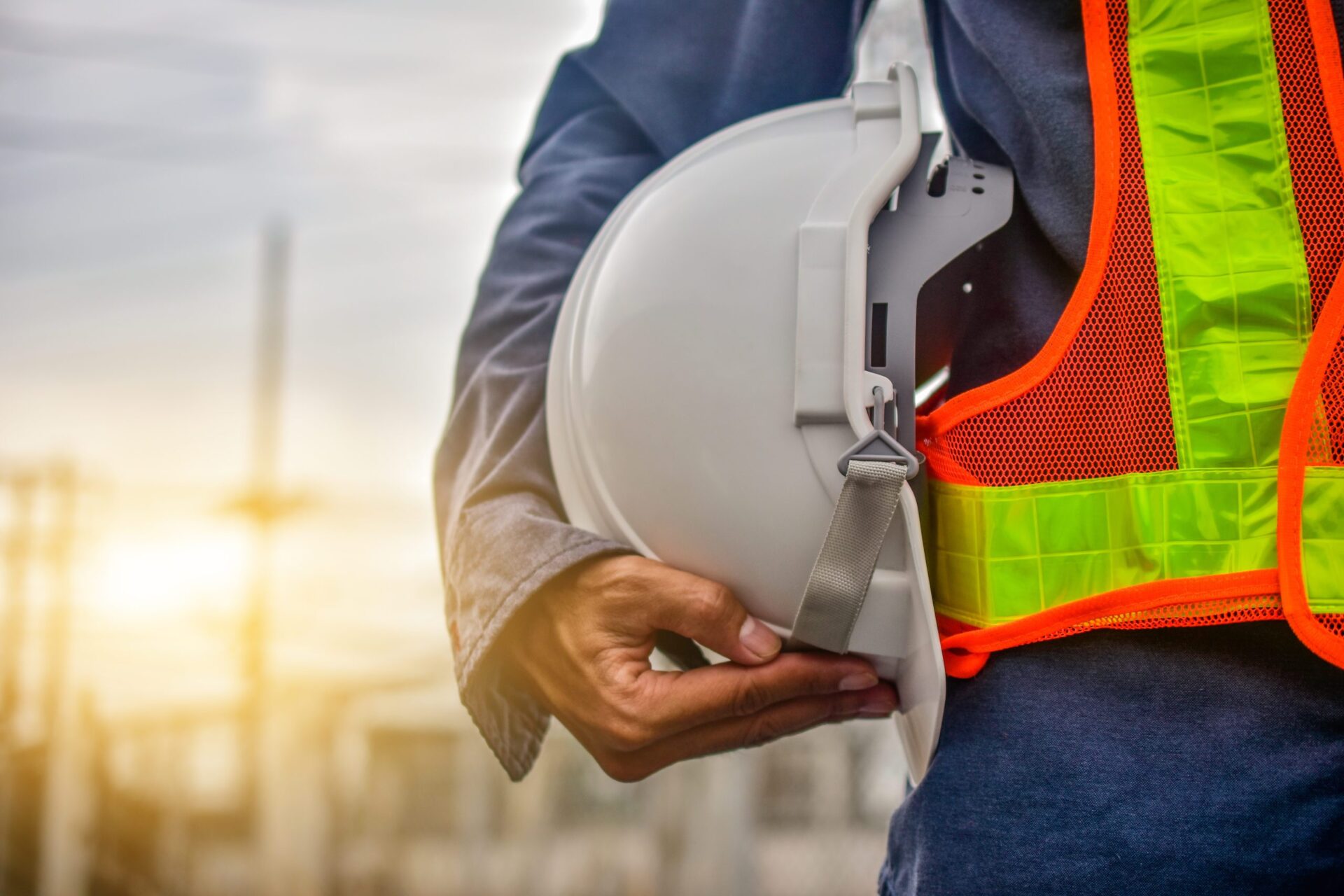
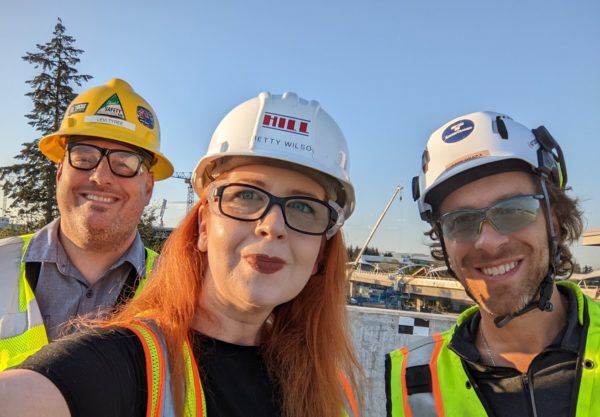
The biggest contributor to safety outcomes on any construction project is the project team’s safety culture. Safety culture involves a team’s formal approach to safety, including regional government safety requirements and all team procedures, policies, protocols, and personal protective equipment, as well as more informal elements, such as the influence of leaders, team safety performance history, the language used to talk about safety, the physical health of workers, the climate of the region where the project is taking place, and the personal philosophy of each person on the job site. A strong culture committed to safety excellence will result in fewer incidents and limit risk. On the flip side, without a strong safety culture, all the work that project managers and individual workers do to promote safety is an effort to drain a lake with a net. So, when assigned to a new project, establishing a strong safety culture is my priority: https://giphy.com/gifs/sFK74luzYFhzG.
The work safety professionals do to strengthen a project’s safety culture depends on when we join a project. There is a classic scene from I Love Lucy that represents this well: https://youtu.be/HnbNcQlzV-4.
Beginnings: Building Relationships from the Ground Up
At the beginning of a project, my work is pleasant and easy because I have plenty of time to build leading indicators like training and team building, develop the relationships needed to help communications flow, and provide solutions if safety issues arise. I focus on the Hill team team first by driving home the importance of safety and ensuring they have the tools and support they need to be safety influencers. If the contractor sees our management team as exempt from the cultural safety norms on site, it sows division between the groups. This can lead to a breakdown of the relationship required to develop and sustain a good safety culture.
Mid-Project: From “Them” to “Us”
If I am brought into a project in full production, it’s more like the latter part of the I Love Lucy scene. Trying to get a handle on the existing culture and relationships can be much more difficult. I might have missed key cultural building milestones during the pre-construction phase, for example. In that case, I usually hold a few interviews to get the history of the project, find out how high-risk tasks are being planned and handled, and assess any incidents or near misses on the project. Most importantly, I spend a lot of time walking around with the contractor, talking, finding out who they are, what their values are, and who they count on in the field—then I meet with all those people.
Meeting and learning about the leaders in the field has a dual purpose. First, I’m no longer another corporate entity with a clipboard, evaluating the contractors. I am part of the team. It’s about going from “them” to an “us,” that’s when we can start to really strengthen a safety culture. Second, my conversations help instill a sense of ownership over the safety culture in the field leads. I’m not in a conference room looking at a PowerPoint on safety statistics—I’m right there, boots covered in dust, asking a skilled craftsman what they think and what they personally do to keep their crew safe. Ownership is a powerful tool for developing buy-in from leaders and colleagues.
After an Incident: A New Ballgame
If I am brought on the project because there have been incidents or high-risk issues, that’s a whole different ballgame. This is the most challenging scenario, by far. From the minute I walk onto an at-risk site, I need to find the leaders. These may not necessarily be the people in authority, and since there have already been risk issues, there is likely to be a bit of a standoff: https://www.youtube.com/watch?v=U5Ky4kUxhVI.
Once I’ve observed enough to determine who the leaders are, I work to diffuse them, build credibility, and create actionable support. While it’s much harder to repair a broken safety culture, helping to do so is the most rewarding part of my career.
For Further Reading
For organizations looking to enhance their own safety culture, they can hire a safety professional with the expertise required to step into a project at any point and make a positive change. However, organizations and professionals can go further and invest themselves in the safety process by learning more about safety. The most critical tool for reduction of risk is good information and lots of it.
Disclaimer, I recommend you not doom scroll though these sites. You’ll give yourselves an anxiety attack.
National Safety Council – Save lives, from the workplace to anyplace (nsc.org)
https://myshake.berkeley.edu/index.html
https://www.ready.gov/be-informed
https://www.cdc.gov/niosh/topics/heatstress/heatapp.html
You can also follow local or state-wide emergency management agencies on Twitter to get updates on local emergencies.
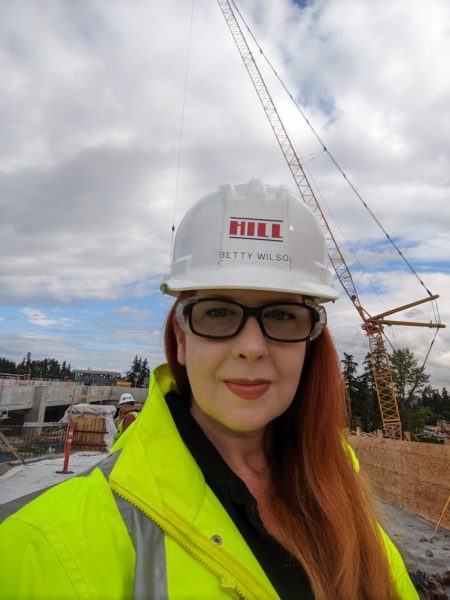
About the Author
Elizabeth “Betty” Wilson is an experienced health, safety, and environment (HSE) consultant with a history of working in the construction industry. She is skilled in HSE management systems, HSE auditing, emergency management, workplace safety, and safety management systems. During Betty’s time on various projects with some of the world’s leading engineering and construction companies, she has developed a significant understanding of construction processes and support in high-risk environments. She also has experience leading and training a range of construction personnel from craft workers to supervisors and managers in all aspects of HSE. She is skilled at communicating advice and guidance on all construction HSE related matters throughout organizations.
In her role at Hill as regional safety manager, Betty works with colleagues by confirming health and safety requirements are met, and influences others to recognize and embrace their HSE responsibilities. She is responsible for planning and implementing procedures for Integrated Safe Systems of Work, enforcing safety procedures within the work force, and making sure lessons learned from injury and non-injury accidents are effectively implemented.
Share
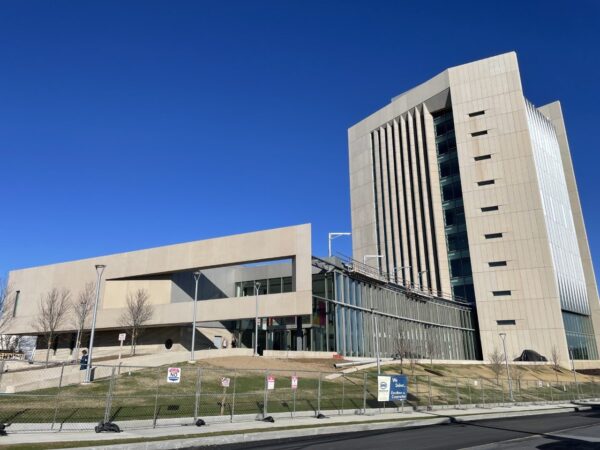
April 11, 2024 | Articles
A Model Move: Managing Move-In at the Sylvia H. Rambo U.S. Courthouse
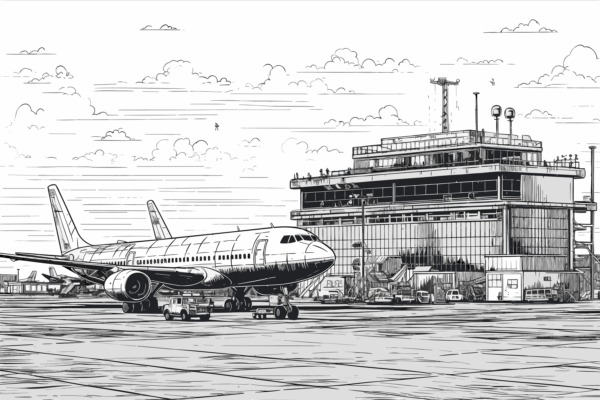
April 8, 2024 | Articles

April 4, 2024 | Articles
Driving Growth and Seizing Opportunity: Lukasz Marcinkiewicz Joins Hill as Country Manager, Poland
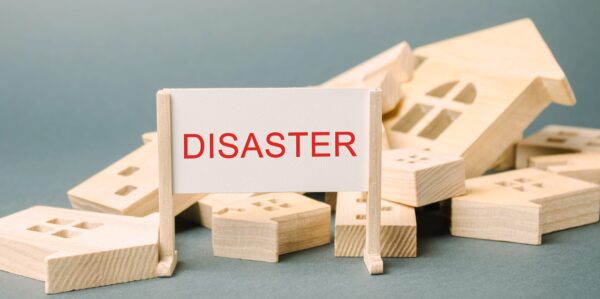
April 1, 2024 | Articles
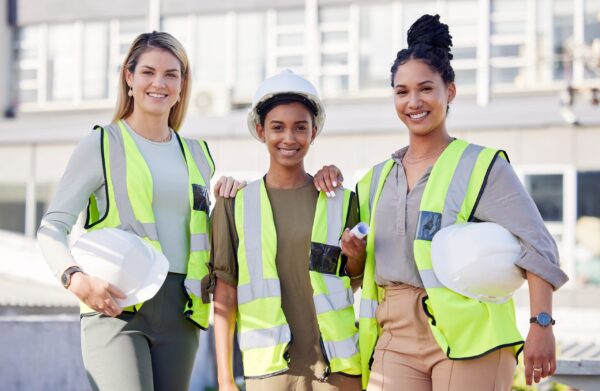
March 27, 2024 | Articles
Building the Future: Women’s Leadership and Community Engagement in the Construction Industry

March 25, 2024 | Articles
Leveraging Data Analytics and Dashboards for Enhanced Project Performance
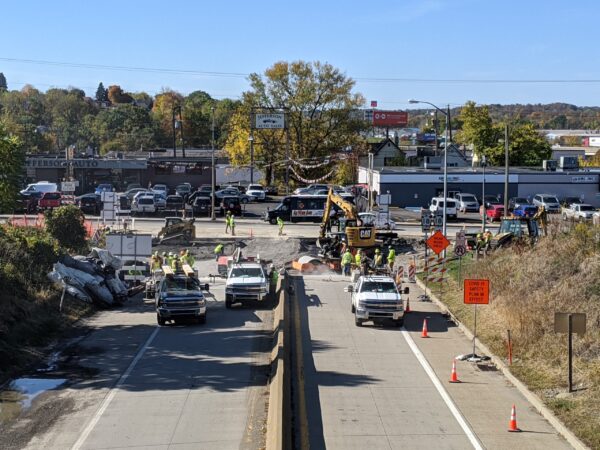
February 26, 2024 | Articles
Continuity, Creativity, and Collaboration: Delivering PennDOT’s Route 18 Signal Upgrade
We and use cookies and other tracking technologies to improve your experience on our website. We may store and/or access information on a device and process personal data, such as your IP address and browsing data, for personalised advertising and content, advertising and content measurement, audience research and services development. Additionally, we may utilize precise geolocation data and identification through device scanning.
Please note that your consent will be valid across all our subdomains. You can change or withdraw your consent at any time by clicking the “Consent Preferences” button at the bottom of your screen. We respect your choices and are committed to providing you with a transparent and secure browsing experience.
| Cookie | Duration | Description |
|---|---|---|
| cookielawinfo-checbox-analytics | 11 months | This cookie is set by GDPR Cookie Consent plugin. The cookie is used to store the user consent for the cookies in the category "Analytics". |
| cookielawinfo-checbox-functional | 11 months | The cookie is set by GDPR cookie consent to record the user consent for the cookies in the category "Functional". |
| cookielawinfo-checbox-others | 11 months | This cookie is set by GDPR Cookie Consent plugin. The cookie is used to store the user consent for the cookies in the category "Other. |
| cookielawinfo-checkbox-necessary | 11 months | This cookie is set by GDPR Cookie Consent plugin. The cookies is used to store the user consent for the cookies in the category "Necessary". |
| cookielawinfo-checkbox-performance | 11 months | This cookie is set by GDPR Cookie Consent plugin. The cookie is used to store the user consent for the cookies in the category "Performance". |
| viewed_cookie_policy | 11 months | The cookie is set by the GDPR Cookie Consent plugin and is used to store whether or not user has consented to the use of cookies. It does not store any personal data. |


